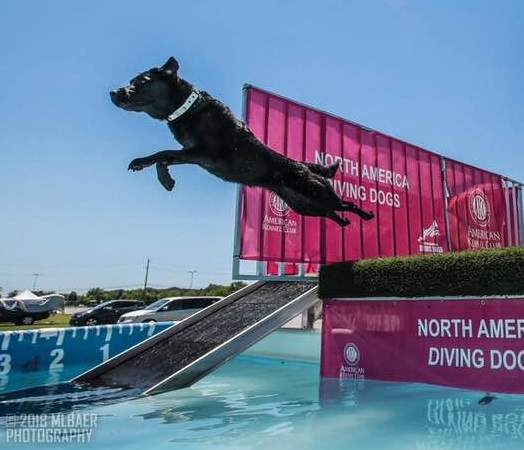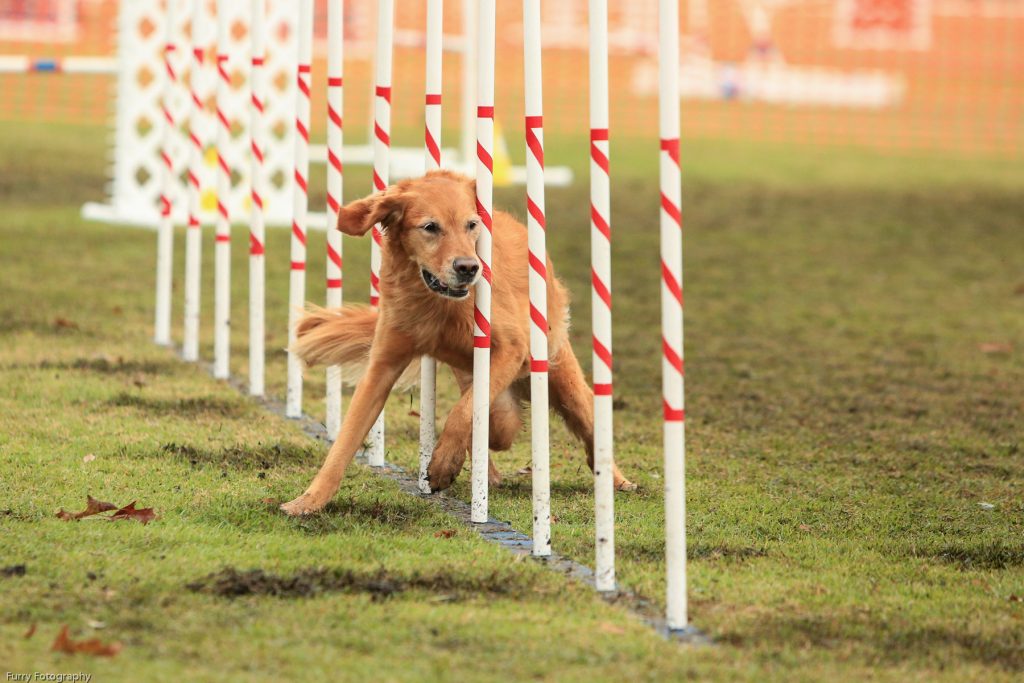Returning to Sport after an Injury
by Cathryn Adolph, LVT, CCRP, CCFT

Last month, we took a deep dive into the when and why we choose to graduate a patient from rehabilitation. We briefly touched on the fact that canine athletes and working dogs require specialized conditioning before returning to their sport/s after rehabilitation. Just like our pet dog examples from last month, rehabilitation begins with pain control, strengthening in a controlled manner, and finally increasing the stress on the limb. With our pet dogs reaching this stage, it means graduation, but with our athletes, the real work begins!
*Please note that even with using the phrases “sport” and “return to sport”, these can be replaced with “job” and “return to work” for working dogs such as Police K9s, service dogs, etc.
Patient History
There is a wide variety of sports that dogs and their handlers can participate in. From day one of rehabilitation, we like to know what sport/s, current level within the sport/s the dog participates in, any major events the team is qualified for, and more. Does the patient have any other medical conditions including previous injuries? This will include any inflammatory, metabolic, orthopedic, etc. disease processes. A thorough history will allow us to identify any factors that may slow down or effect recovery. This information helps the rehabilitation team decide if a full or partial return to sport is even possible. It also helps us determine when they can return.
Sports!
Making a good conditioning plan requires knowledge of the sport itself and how these activities place stress on the dog’s body.
- Are they sprinting (like in agility) or using endurance (sled dogs, tracking)?
- Are they participating in explosive movement (bite work)?
- Do they jump in a straight line (dock diving) or turn while jumping (agility)?
- If they are a Police K9, are they trained in apprehension or only scent detection?
- Are they newer to the sport or at higher levels?
- How many days a week do they train?
- How often do they trial?
Conditioning

There is a shift when the patient goes from rehabilitation to conditioning. What is sport conditioning? I feel conditioning is specialized training with a plan to prepare the body to handle the rigors of the individual sport. These plans are highly individualized, progressive, and look at the dog as a whole. We begin to mimic movements needed for their sport before we transition into the skill itself. A great example of this is weave poles in agility. There are several exercises that will target the muscle groups needed for weaving that are started well before the dog starts to train on actual weave poles again, in order to reduce injury (after being restricted for a period of time).
Summary
While this blog serves as a brief overview of conditioning after rehabilitation, it just barely begins to scratch the surface of what goes into a conditioning plan (which is a topic for another blog). Returning a dog to their chosen sport or work is personally, one of my favorite types of cases to work with. Their goals and conditioning plans are complex, and make for challenging and rewarding cases!
